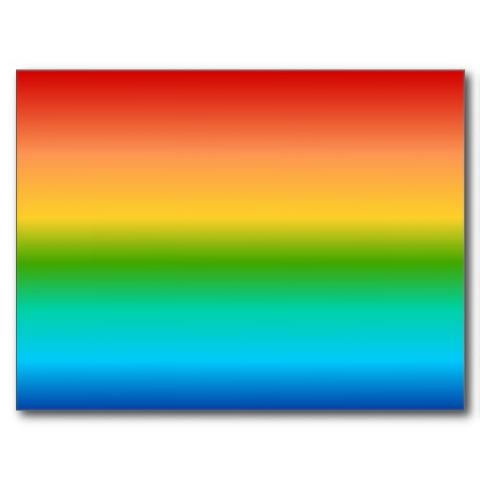Colours in politics: when blue is green
Updated on 19 March 2024
When we hear the term ‘green economy’, the first thing that often springs to mind is the environment – we tend to associate being ‘green’ with being environmentally friendly. We think of carbon emissions, protection of rainforests, our dependency on fossil fuels, our efforts to produce an energy balance that will lead to more sustainable living. Colloquially, we see ‘the greens’ as those people who put the environment first. Yet the environment isn’t just green. It’s not just plants and trees.

Colours are powerful. It is not surprising that colours are used when we need to steer emotions and passion. Picasso maintained that Colors, like features, follow the changes of the emotions. Architects and interior designers talk of colours being active, passive, or neutral. Most of us have a favourite colour. Mine is blue!
Gaddafi was the first to utilise green in international politics. He had his green book and his green revolution, linking colour to Islam. The old Libyan flag was completely green. Today, green, with all its derivations, is used by environmental movements: green policy, green diplomacy, even greenology is in the making.
Yet, blue is as important for our survival as green. More C02 is filtered by oceans than by forests. Oceans cover about 66% of the Earth’s surface. Around 70% of the global population lives on the shores of the world’s oceans and seas. Oceans and their oil resources are needed to run the economy, to transport global good, to provide a sustainable living for many from tourism.
I make a plea for bluie-ism. Let us have blue economy, blue diplomacy, etc. As blue is my favourite colour, I have a vested interest in this campaign. What about you and your colours?

Taking Aldo’s comment into
Taking Aldo’s comment into account, I agree, colours have always been associated with political and social movements. They provide instant recognition and can also work on a more sub-conscious level. Purple comes to mind as the coiour of the feminist movement.
Jovan, blue has been captured
Jovan, blue has been captured by Tories and other conservatives – GWBush always wore a blue tie. Can’t follow you here. White is Papal, and no longer Russian, black and brown are in disrepute, orange has been squeezed out of politics – and the whole color spectrum has been captured as well by special interests.
Only invisible colors are up for grabs – infrared, ultra-violet
and of course the color of “nothingness”
which is ther suavest of all
Aldo
Back in the day, in Ireland,
Back in the day, in Ireland, marriages between Catholics and Protestants were often referred to as black-and-white weddings. We use the ‘wearing of the green’ to describe patriotism and national pride. And in the early 1900s we had the Black-and-Tans fighting the IRA (so called because of the khaki uniform and black belts and boots). Add that to the litany of descriptives such as blue in the face (frustrated), green-eyed (jealous), yellow-bellied (cowardly), black-hearted (evil) and we see how much a part colours play in our lives.
Blue is also my favourite
Blue is also my favourite colour. 🙂
What is more, blue is the colour of the United Nations. I think any global issue, especially environmental ones, will benefit from the involvement of the UN. Maybe we can also think in terms of a new kind of environmental warrior, the other UN blue helmet.
But banter aside, I think colours can be powerful motivators, as you point out, we should use them skilfully in diplomacy.